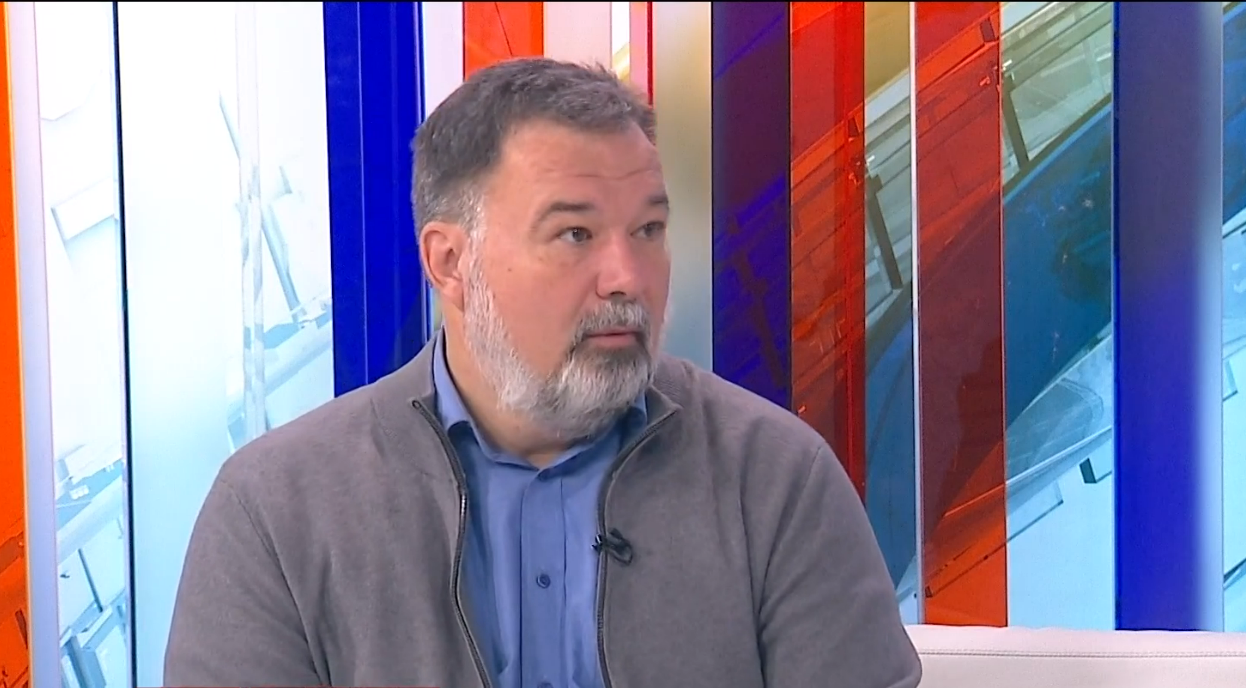
Seismologist Kresimir Kuk was a guest on the morning programme "Novi dan" with Tihomir Ladisic, where he commented on the magnitude 3.4 earthquake that shook the city of Rijeka on Wednesday.
"It was not a particularly strong earthquake. We have had less seismic activity on the entire Croatian territory recently," said Kuk.
According to the seismologist, earthquakes in Croatia are generally relatively shallow.
Where are the most active regions in Croatia?
"Earthquakes with a hypocentric depth of up to about ten kilometres are characteristic of our region. An earthquake of magnitude 3 or higher does not release enough energy to cause damage. In the immediate vicinity of the epicentre, it may be felt somewhat more strongly. The Kvarner region is, simply put, much better than Banovina, for example, so amplification - an increase in the earthquake effect due to local soil properties - does not occur," he explained.
Kuk explained that the Rijeka earthquake was isolated, although there have been some weaker earthquakes in Slovenia: "This area is geologically, or rather seismo-tectonically, connected."
In Croatia, the most active regions have always been the Dubrovnik metropolitan area, the southern coast and the Rijeka and Zagreb metropolitan areas, as well as Banovina, according to Kuk.
How do the earthquake warning systems work?
Although there are already advanced systems that can provide some form of earthquake warning, Kuk explained why such systems would not work in Croatia.
"These systems have been developed for quite some time, but they work in parts of the world where earthquakes are far enough away from the places that are considered to be at risk - in a city or a populated area. Here we have a less favourable situation - our earthquake hotspots are in close proximity to cities, so it is physically impossible for such a system to work," said Kuk.
"The principle is always the same: when an earthquake occurs somewhere, the seismic wave causes a shake and it travels at a known speed. It is easy to calculate how long it takes for the shaking to reach a large populated area from the epicentre of the earthquake. Unfortunately, this time is too short here," added Kuk.
Kakvo je tvoje mišljenje o ovome?
Pridruži se raspravi ili pročitaj komentare



 Srbija
Srbija
 Bosna i Hercegovina
Bosna i Hercegovina
 Slovenija
Slovenija







